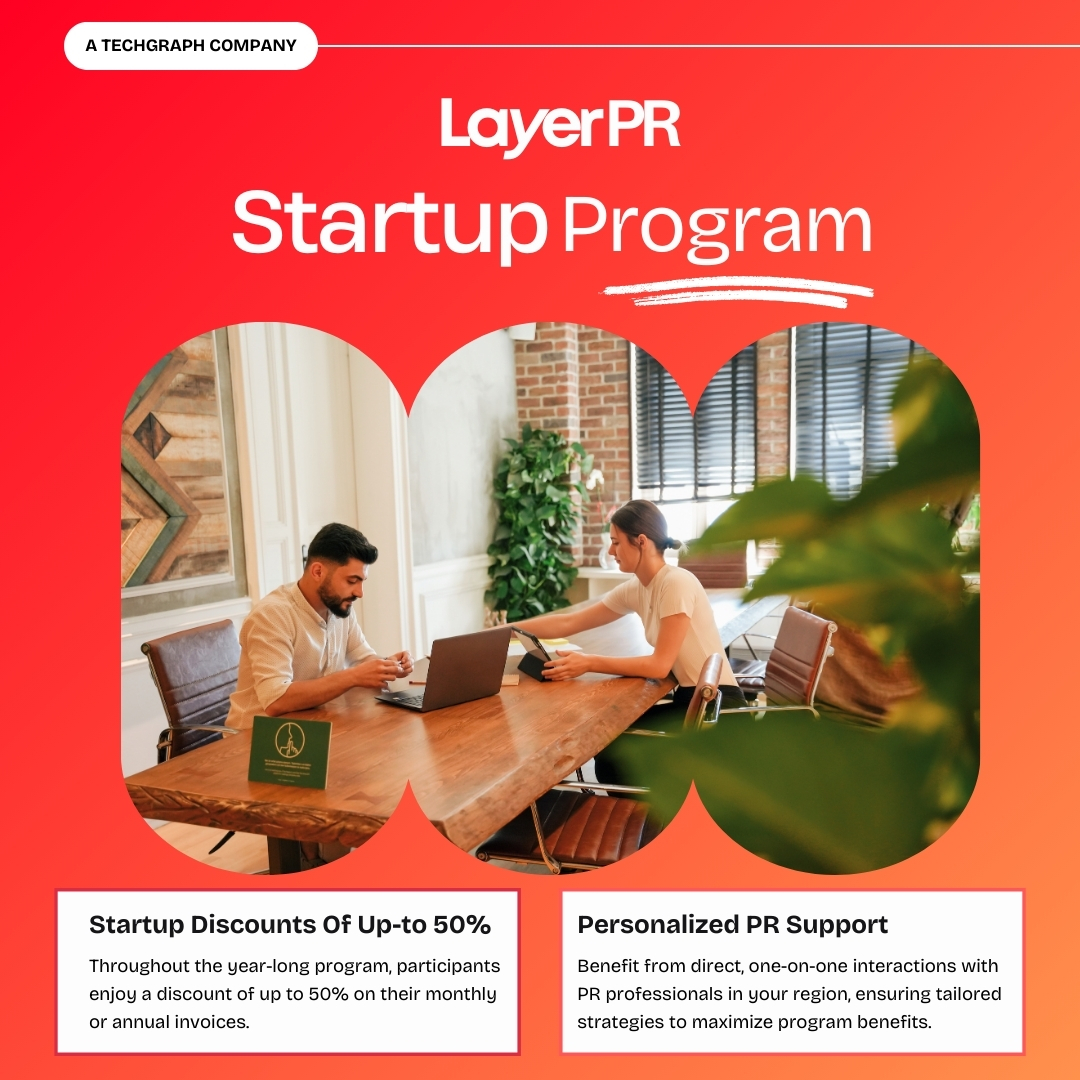The changing digital landscape has transformed the way people communicate, travel, and carry out financial transactions. Accelerated by the pandemic, the primary beneficiaries of automation and analytics in this technology revolution have been the banking and fintech sectors.
The innovative products of fintech have helped people and businesses adapt to the new normal in these uncertain times. Today, digital money is demonstrating its ability to overcome fundamental impediments to the progression of finance for inclusive and sustainable development through neobanks, eWallets, and Buy Now Pay Later (BNPL) players in the market.
The Road Ahead for Marketers
Despite the digital push, the ASEAN countries home an unbanked population of about 290 million adults. Only 18% of the region has access to credit, financial services, or investment products.
Of which, India accounts for 190 million adult individuals, who do not have a bank account – making it the largest country by mass in the ASEAN bloc, home to the second-largest unbanked population after China – envious geography for aggressive businesses. Marketers of these businesses, especially the fintech, have an excellent opportunity to educate and encourage the unbanked population pool to be part of the digital banking system, through online advertising.
While the approach has to be educational and intent-driven, Marketers should consider the low financial literacy and limited bandwidth environment in developing countries. Regional ad campaigns with novel ideas to familiarize the target audience with the advantages and positive impact of digitizing the payment and banking system – both for personal and business use – using online media can be a driving force in building trust influencing consumers’ behavior.
Neo Banks
Neobanks, like the UK, headquartered Wise (earlier Transferwise) and Singapore-based ASPIRE, are fully digital banking solution providers with intentions to build an ecosystem that supports on-the-go banking services, via mobile or desktop apps, keeping itself lean and avoiding costly networks of physical branches.
Neobanks can be launched by a traditional financial firm (for example – Octo in The Philippines and Beat Banking in Thailand are neobanks launched by a traditional financial firm, Malaysian-based CIMB Group) or like Revolut, which started with a flagship product and then added services gradually. Tech-savvy millennials and micro, small and medium enterprises (MSMEs) form a large part of neobanks’ customer base.
Europe has been the pioneer in opening doors to neobanks by providing regulatory support. In the past few years, neobanks have started gaining market share globally in countries like the US, UK, Germany, Australia, and China, where online and mobile banking is the most preferred mode for transactions.
Statista estimated the market size of the neobanks at $47.1 billion in 2021 and predicts the global market of neobanks to grow at a CAGR of 47.7% from 2021 to 2028.
eWallets
As Google is synonymous with search, Venmo is synonymous with eWallets in the US. Both these brands have successfully created such strong recognitions for themselves that they are used as a noun as well as a verb! Electronic wallets in mobile apps have gained immense popularity among the Gen Z population. They are fuss-free and allow instant money transfers and payments to vendors without physical cards.
There is an array of digital wallets available around the globe, making this space highly competitive. Consumers choose eWallets as per their convenience and preferences. Apple phone users prefer Apple Pay which uses fingerprint or face id for verification. Android loyalists usually prefer Google Pay which uses NFC technology to encrypt the card information. Some prefer Paypal due to its international acceptance. MatchMove, headquartered in Singapore, and NIUM are prominent digital wallet providers in Southeast Asia.
The smartphone penetration has encouraged digital transactions in developed and developing countries.
India experienced a digital revolution among the developing countries due to the overnight announcement of demonetization in November 2016. Fintech startups developed innovative payment solutions to overcome the tide. Paytm is one such success story that was at the forefront of providing digital wallets at the fingertips. The company had earned the most extensive subscriber base and a valuation of $20 billion when it came up with its IPO in November 2021.
Buy Now Pay Later (BNPL)
Credit cards introduced everyone to cashless transactions. BNPL is a step ahead in providing microcredit to consumers. It offers short-term interest-free credit for the online purchase of goods and services. BNPL offers the flexibility of a one-time repayment or EMI facility. The credit repayment needs to be done in the stipulated time frame to avoid late payment fees and interest.
The APAC region has joined the BNPL bandwagon like its global counterparts. Players including Hoolah, Razer, Grab, and Traveloka have seen a multifold rise in their volumes in the past two years.
However, there is a considerable caveat to BNPL. Most players do not consider the borrowers’ credit scores and are accessible to even those who may have bad credit scores. This can cause a ripple effect on the economy when microcredit defaults start rising.
Take Away
The global fintech companies have shown resilience during the covid-19 pandemic and subsequent waves. The trend was more apparent in the emerging economies as they tried to catch pace with the rest of the world. Digital marketing has accelerated the growth and penetration of financial services innovation among the unbanked population. But in a dynamic landscape, the new kid on the block – blockchain-backed crypto, NFT, and other DeFi banking solutions has grabbed everyone’s attention.
Marketers need to be transparent about the advantages and implied risks of the new-age banking solutions to retain a long-term customer base. Digital bankers and digital marketers will have to find ways to seamlessly collaborate and go hand-in-hand to create more innovative success stories, in the region!




